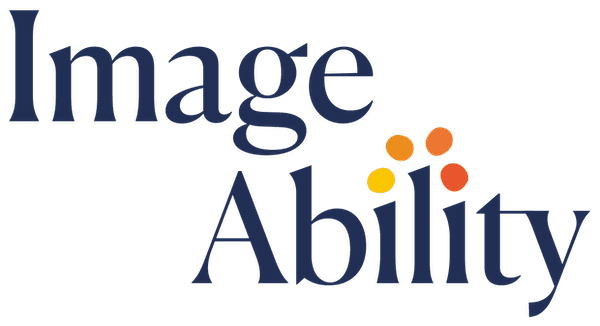Presence is connecting heart, mind, body and voice
Since the world changed in 2020, we have spent far too much time in front of screens and on camera—presenting, coaching, meeting, consulting or teaching. Some spend time there for fun with remote friends and family.
As a pre-Internet ‘digital transformer’, I am very clear about how important being online is for our professional lives. I shall always be there for my clients whom I cannot meet in person; apart from that, I value the opportunity to network at events on topics that matter to me and where I can also bring value. And that’s about it. I cherish and value my non-online life more than ever while accepting the impact of the online connection (which I cannot really call ‘freedom’!).
One thing is also clear: despite the adrenaline rush such meetings may cause, every professional can benefit from learning a few techniques to try and make it through as effortlessly as possible. I am yet to meet a human who is 100% in their full element online or, indeed, who doesn’t have a body image concern.
So, welcome to the online visibility-in-moderation club! There are far more people here than you might imagine!
Whether you are timid by nature, a bit indifferent, or simply reluctant, you might just learn to enjoy sharing your presence and your uniqueness now and then, both online and offline. Being willing to try is the start.
But, is it possible to stay in our comfort zone while learning new tricks? Thank you for your candid question. No, it isn’t. Dynamic comfort, as does growth, comes with practice, flow, and feedback.
Italians have nice, memorable words for everything to do with perception and artistry. They use the term ‘sprezzatura’ which we have adopted in our wider Vitruvian® speak at Image Ability to define the proportioned personal and social habits and self-expression endeavours.
It refers to our highly personal way of doing things, of speaking, of being visible or not. It goes beyond and underneath our covers—how we show up in whatever we do, how we present – and, indeed, how we dress up. All those areas are opportunities where fear (shyness, indifference, reluctance, impostor, etc.; call it as you wish) can be tamed with a bit of play and drama. The Devil’s advocacy – treating poison with poison, I hear you say – but it does work.

In a recent talk, Josie Gammel talked about the deep neurological origins of humans’ fear of talking in front of others. It reminded me of the early life privilege I had to be on stage at least one day a week. We were guided then to bring our true selves and voices forward. I have been using the same techniques throughout my executive career, and now in my consulting and coaching work as well, I help others to do exactly this at their respective stages and for very specific challenges – mostly leadership challenges.
In leadership, as in life, the way we communicate is as vital as the content we convey. Back in 2018, in an HBR article by Amy Jen Su (You don’t just need one leadership voice; you need many), she outlined five key voices that leaders should cultivate to respond authentically and effectively in any situation. These voices – character, context, clarity, curiosity, and connection – align seamlessly with the Vitruvian principles of balance, symmetry, and harmony. By integrating these voices into our leadership style, we can enhance our executive presence and positively represent our organisation, be it big or small.
Our Vitruvian approach emphasises the importance of internal work and relearning habits, not just external appearance, to build social capital – the contemporary meaning for the modern, empowered individual. As we navigate our personal and professional paths, owning our voice(s), ensuring that our leadership is not only about what we do at work, but everywhere in our style of being and doing – all in one.
My argument is that anybody can learn Vitruvian (and sprezzatura) if they put their heart, mind, and voice into it.
To get there, the process I am sharing with my clients is simple, but that doesn’t mean it is easy. Re-designing an image is a subtle undertaking; it requires real work and commitment.
But once you understand how to engage your aesthetic presence in making sense of a new situation or opportunity, you are owning your unique and authentic way of doing things.
It is irrelevant if you go into another meeting (online or offline), if you are fearful about being on camera at an event, or are just about to be interviewed for a new role. When you know the value of your presence, you will be there in fullness.
Our next image conversation is about the power of presence. DM me if you wish to join.
You can learn what it takes to build a confident presence, and I’ll be happy to help you get there, Vitruvian-style!
